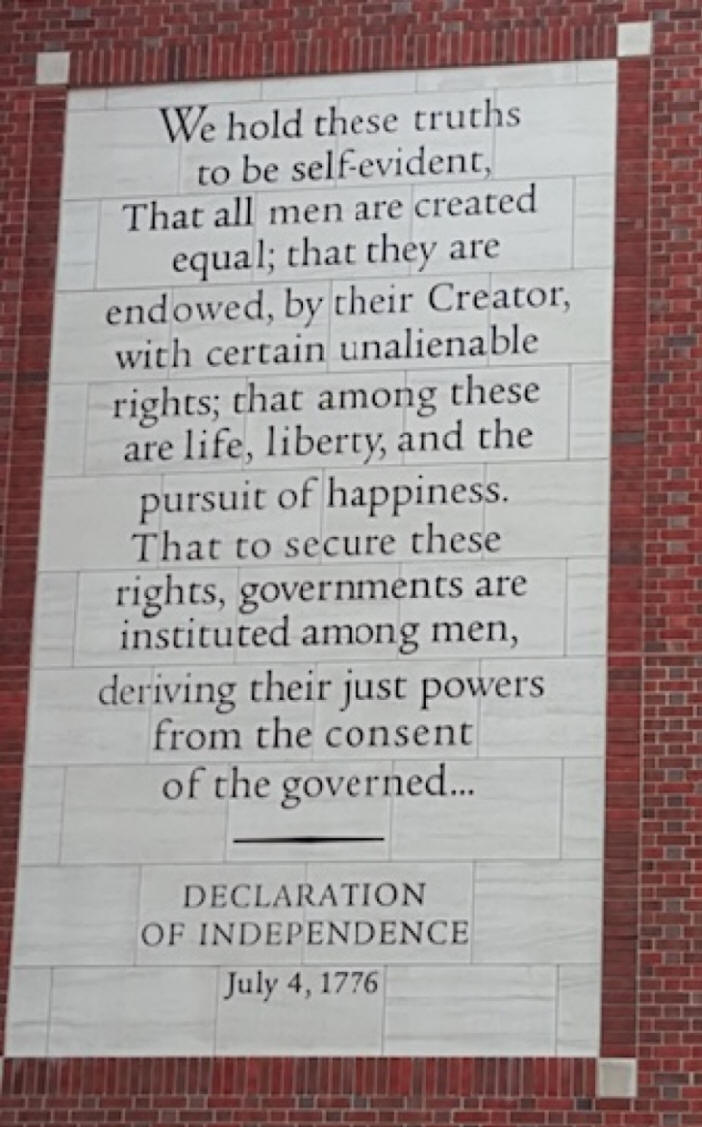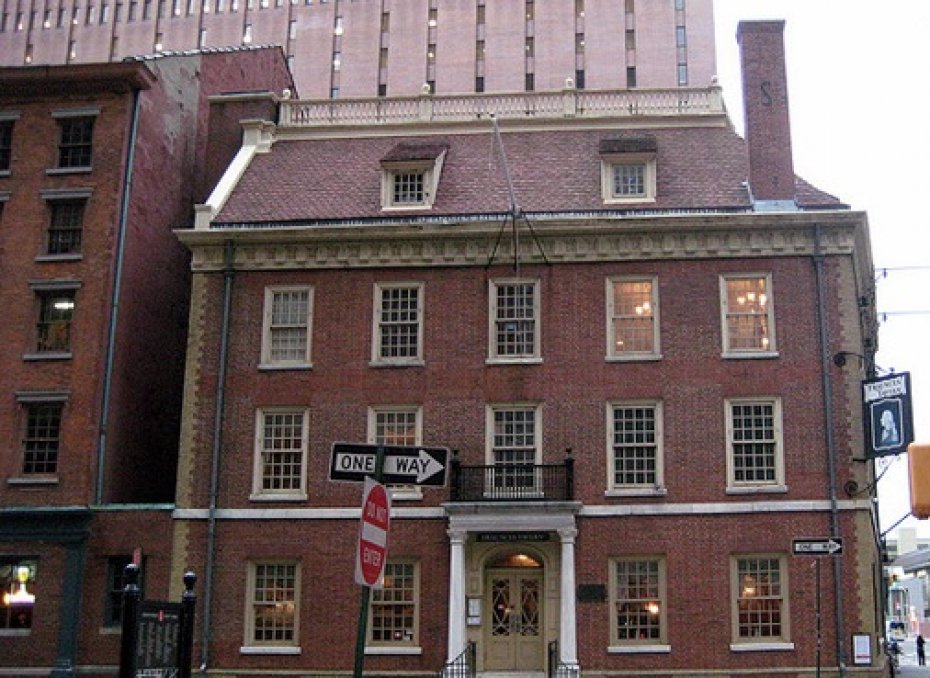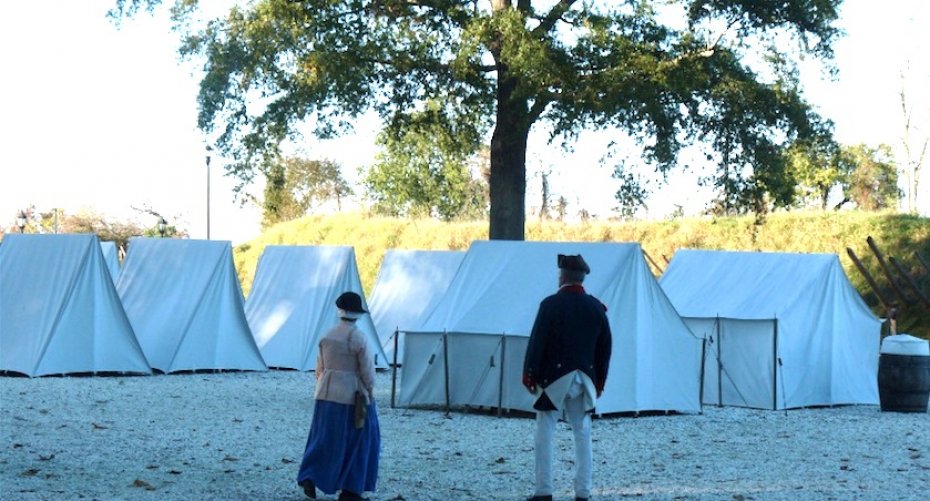
2-28-2020
We can all acknowledge the fact
that blacks have played a significant role in United
States history, from the Spanish
explorers, Estevanico, Pedro Nino and Juan Garrido,
to advancements by *Dr. Patricia E. Bath and **Dr.
Thomas Mensah. We tend to exalt those whose actions were
overt, seemingly larger than life but what about those
who operated in the shadows and attained quiet
victories. What about those who literally turned the
tide of events.

Documentation on the role of African Americans as
spies dates from the American Revolutionary era. By
nature of their status African Americans made
ideal informants. Blacks, free or enslaved, were
marginalized and largely ignored and it was assumed that
African Americans were illiterate. They, on the other
hand, had highly developed the ability to go unnoticed
and honed listening skills for self-preservation. Those
who could not read often could memorize complex
structures and tasks and awareness of the geography
around you often proved essential. All of these
abilities proved ideal for covertly gathering
information. Washington recognized the value of
information gained from both free and black enslaved and
employed them often. These agents came to be known
collectively as the “Black Dispatch”.

Samuel “Black Sam” Fraunces, a West
Indian mulatto, established the Queen’s Head Tavern in
New York City in 1790 in a 1719 building. The Sons of
Liberty met there prior to the Revolution and later it
functioned as Washington’s headquarters. At war’s end
the Americans and British held meetings there to resolve
the issue of returning black Loyalists to slavery. The
British held out and in most cases won freedom for the
Loyalists. From the tavern Washington bid farewell to
his staff and returned home on December 4, 1783. www.frauncestavernmuseum.org

Fraunces was captured by the British in 1778 and forced
to cook for General Robertson. In this role he helped
American prisoners and gave information to
the Continentals. When Washington became president
Fraunces became his chief steward and was in charge of
the New York house and staff of 12. When Philadelphia
became the capitol in 1790 Fraunces was again chief
steward. He also opened another tavern, on Second
Street. He died at 72 in Philadelphia and was buried in
St. Peter’s Church where an obelisk has marked his grave
since 2010.

Fraunces Tavern was renovated in 1907 and is the oldest
standing building in New York. Dining and tours are
offered. It is listed on the American Whiskey Trail.
www.americanwhiskeytrail.com

Fraunces’ household consisted of his family, indentured
servants and at least one slave. The
most disputed tavern story is mentioned in an 1860 book,
"Recollections and Private Memoirs of Washington," by
Martha Washington’s grandson. Fraunces' 13 year old
daughter Phoebe spied for the cause while working in the
tavern. She stopped the General from eating
peas poisoned by Thomas Hickey, one of his personal
bodyguards. Hickey was court-martialed and hanged in
June of 1776.

Hercules Mulligan, an Irish tailor, operated an upscale
clothing shop servicing wealthy colonists and British
officers. Alexander Hamilton rented a room in his home
and through him he became a spy. Information he gathered
was transported by his slave Cato. Information was
sewn into the hem of clothing, packaged neatly and
Cato would deliver it to Hamilton. Twice he learned of
plots to capture Washington and he and Cato managed
to deliver messages to him to alter his
plans. Eventually suspicion was aroused and Mulligan and
Cato were monitored. On a mission Cato delivered the
message but was captured, imprisoned and harshly
interrogated. He did not give up any information.

After the war there is no record of Cato
but Mulligan and Hamilton became founding members of the
New York Manumission Society, a group formed to advance
the abolitionist cause. Mulligan is buried in NY in
Trinity Churchyard.

In 2017 the $50-million American Revolution Museum
opened in Yorktown. The museum’s five thematic galleries
relate tales of the revolution through more than 500
artifacts, interactive displays, video, dioramas and the
orientation film “Liberty Fever”. Visitors select an
individual and follow their lives through
the Revolution. The story of James Armistead Lafayette,
enslaved master spy of the Marquis de Lafayette, is one
of the choices. www.historyisfun.org/yorktown-victory-center/new-yorktown-museum

Pretending to be a runaway Armistead slipped into
British lines and quickly, because of his knowledge of
the area’s geography, was recruited to spy on the
Americans. He agreed and became a double agent, spying
for the colonials and feeding the British false
information. In 1781 he informed Lafayette of
Cornwallis’ march from Portsmouth to Yorktown with an
additional 10,000 reinforcements. The information
allowed Rochambeau to blockade both land and sea leading
to Cornwallis’ surrender on October 19th.

At the end of the war, in 1783, James was returned to
slavery. Spying did not count as war service in
Virginia. He petitioned relentlessly and in 1784 the
Marquis sent a certificate attesting to his service but
he was not freed until 1787. He took the Marquis’ last
name, became a farmer and was granted a war pension of
$40.00 annually. He and the Marquis last saw each other
when the Marquis toured the US in 1824. Lafayette saw
him in the crowd, called out to him and embraced him as
an old friend.
*Dr. Bath: Invented the Laserphaco Probe to cataract
surgery.
**Dr. Mensah: He holds seven patents for fiber
optics used in advanced laser guided missile
technology, electronic banking and communications.
.
Renee Gordon has written a weekly travel column for
the Philadelphia Sun Newspaper for the past fifteen
years and has published articles on local, national and
international travel in numerous publications. Her
columns focus on cultural, historic and heritage tourism
and her areas of specialization are sites and
attractions related to African American and African
Diaspora history. Renee has been a guest radio
commentator on various aspects of tourism and appeared
in a documentary, "The Red Summer of 1919". As an
educator for thirty years she was an English teacher,
event and meeting planner, served as an educational
consultant and intern-teacher mentor. She contributed to
textbooks on women's history and classroom management
and has facilitated workshops on both subjects. Renee
considers herself a "missionary journalist" and as such
she continues to promote heritage and sustainable
tourism.
2013 Recipient of African Diaspora World Tourism
Flame Keeper in Media Award for Travel Writing
Affiliations
IABTW- International Association of Black Travel Writers
PBJ - Progressive Black Journalists
We'd love your comments!
ad
|
Connect with us on:
American Roads and
Global Highways has so many great articles you
may want to search it for your favorite places
or new exciting destinations.

|


















